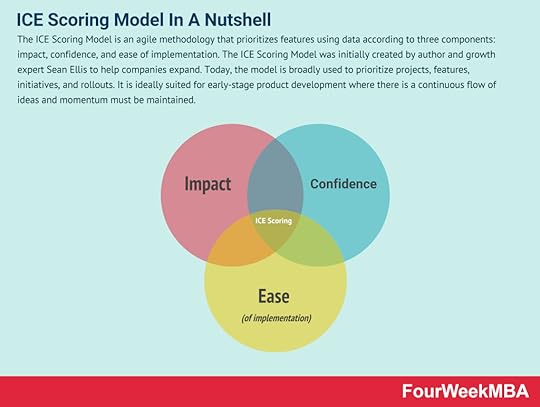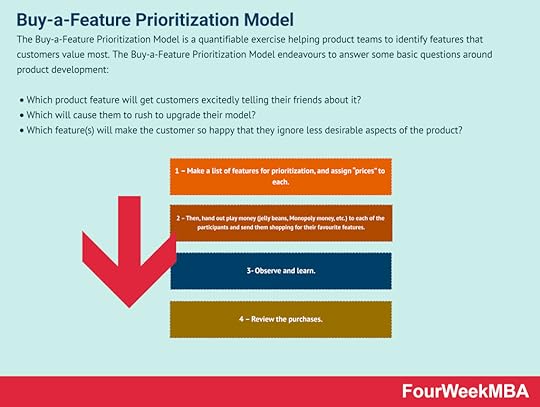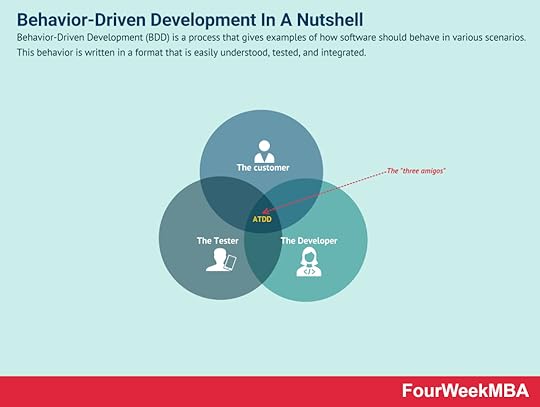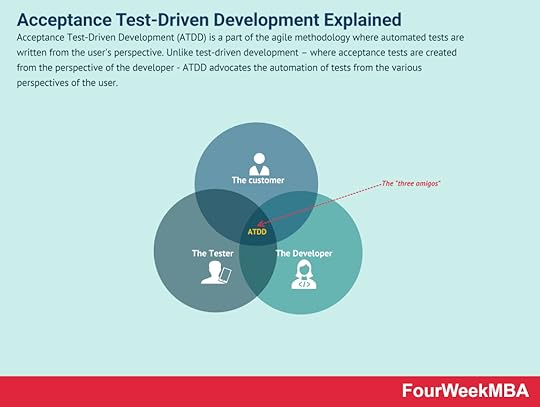ITSM Frameworks
 PMESII-PT is a tool that helps users organize large amounts of operations information. PMESII-PT is an environmental scanning and monitoring technique, like the SWOT, PESTLE, and QUEST analysis. Developed by the United States Army, used as a way to execute a more complex strategy in foreign countries with a complex and uncertain context to map.
PMESII-PT is a tool that helps users organize large amounts of operations information. PMESII-PT is an environmental scanning and monitoring technique, like the SWOT, PESTLE, and QUEST analysis. Developed by the United States Army, used as a way to execute a more complex strategy in foreign countries with a complex and uncertain context to map. An RFQ is a document companies use to gather the pricing information of goods from a potential vendor. Conversely, an RFP is a document companies use to gather information about services from potential contractors. Though they are similar documents with similar names, the RFQ and RFP documents have distinct characteristics making them suitable for different applications.
An RFQ is a document companies use to gather the pricing information of goods from a potential vendor. Conversely, an RFP is a document companies use to gather information about services from potential contractors. Though they are similar documents with similar names, the RFQ and RFP documents have distinct characteristics making them suitable for different applications. Business Process Reengineering became popular in the 1990s after the publishing of a Harvard Business School article titled Reengineering Work: Don’t Automate, Obliterate. Business Process Reengineering (BPR) describes the redesign of core business processes to improve productivity, quality, cost reduction, or cycle times.
Business Process Reengineering became popular in the 1990s after the publishing of a Harvard Business School article titled Reengineering Work: Don’t Automate, Obliterate. Business Process Reengineering (BPR) describes the redesign of core business processes to improve productivity, quality, cost reduction, or cycle times. Key performance indicators (KPIs) are measurable values that determine whether an organization is achieving key objectives. KPIs will depend upon a business-specific context, as each company and industry will have its own core metrics to track. Indeed, the choice of the right KPIs that can positively affect the business’s long-term perspective is critical.
Key performance indicators (KPIs) are measurable values that determine whether an organization is achieving key objectives. KPIs will depend upon a business-specific context, as each company and industry will have its own core metrics to track. Indeed, the choice of the right KPIs that can positively affect the business’s long-term perspective is critical.  Use case modeling describes the proposed functionality of a system from the user perspective. Use case modeling was developed in 1986 by Ivar Jacobson and then released to the mainstream in his 1992 book Object-Oriented Software Engineering – A Use Case Driven Approach.
Use case modeling describes the proposed functionality of a system from the user perspective. Use case modeling was developed in 1986 by Ivar Jacobson and then released to the mainstream in his 1992 book Object-Oriented Software Engineering – A Use Case Driven Approach. The ICE Scoring Model is an agile methodology that prioritizes features using data according to three components: impact, confidence, and ease of implementation. The ICE Scoring Model was initially created by author and growth expert Sean Ellis to help companies expand. Today, the model is broadly used to prioritize projects, features, initiatives, and rollouts. It is ideally suited for early-stage product development where there is a continuous flow of ideas and momentum must be maintained.
The ICE Scoring Model is an agile methodology that prioritizes features using data according to three components: impact, confidence, and ease of implementation. The ICE Scoring Model was initially created by author and growth expert Sean Ellis to help companies expand. Today, the model is broadly used to prioritize projects, features, initiatives, and rollouts. It is ideally suited for early-stage product development where there is a continuous flow of ideas and momentum must be maintained. The Buy-a-Feature Prioritization Model is a quantifiable exercise helping product teams to identify features that customers value most. The Buy-a-Feature Prioritization Model endeavors to answer some basic questions around product development – Which product feature will get customers excitedly telling their friends about it? – Which will cause them to rush to upgrade their model? – Which feature(s) will make the customer so happy that they ignore less desirable aspects of the product?
The Buy-a-Feature Prioritization Model is a quantifiable exercise helping product teams to identify features that customers value most. The Buy-a-Feature Prioritization Model endeavors to answer some basic questions around product development – Which product feature will get customers excitedly telling their friends about it? – Which will cause them to rush to upgrade their model? – Which feature(s) will make the customer so happy that they ignore less desirable aspects of the product? Behavior-Driven Development (BDD) is a process that gives examples of how software should behave in various scenarios. This behavior is written in a format that is easily understood, tested, and integrated.
Behavior-Driven Development (BDD) is a process that gives examples of how software should behave in various scenarios. This behavior is written in a format that is easily understood, tested, and integrated. Acceptance Test-Driven Development (ATDD) is a part of the agile methodology where automated tests are written from the user’s perspective. Unlike test-driven development – where acceptance tests are created from the perspective of the developer – ATDD advocates the automation of tests from the various perspectives of the user.
Acceptance Test-Driven Development (ATDD) is a part of the agile methodology where automated tests are written from the user’s perspective. Unlike test-driven development – where acceptance tests are created from the perspective of the developer – ATDD advocates the automation of tests from the various perspectives of the user.Read Next: SWOT Analysis, Personal SWOT Analysis, TOWS Matrix, PESTEL Analysis, Porter’s Five Forces, TOWS Matrix, SOAR Analysis.
Main Free Guides:
Business ModelsBusiness StrategyBusiness DevelopmentDigital Business ModelsDistribution ChannelsMarketing StrategyPlatform Business ModelsTech Business ModelWhat Is EntrepreneurshipThe post ITSM Frameworks appeared first on FourWeekMBA.
Published on March 14, 2021 15:05
No comments have been added yet.



